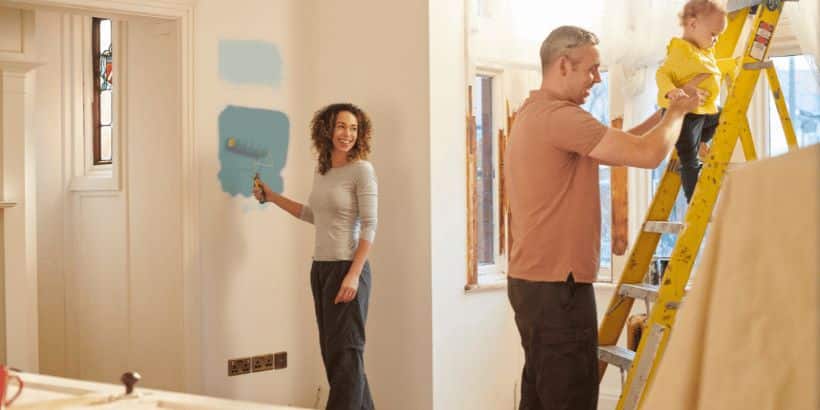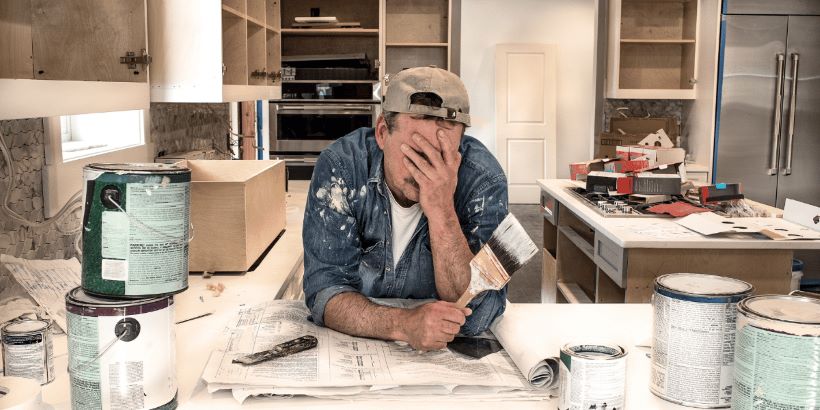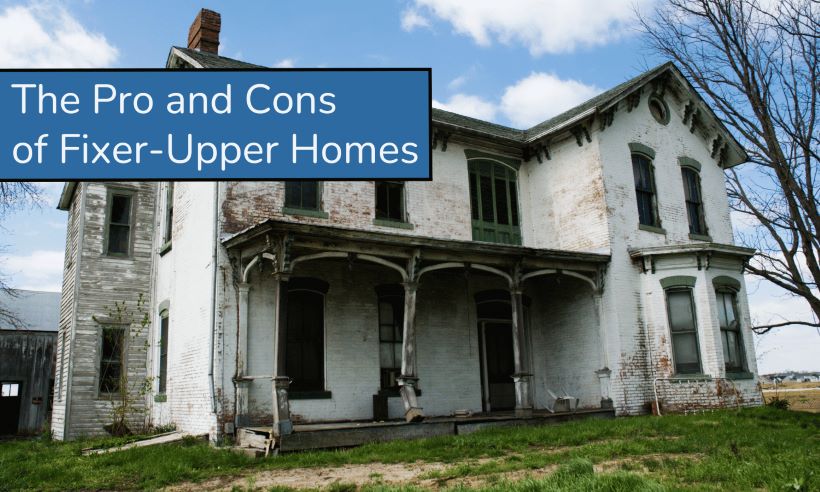A “fixer-upper” might sound like a charming term straight out of a classic novel. But in the real estate world, it’s a house that needs either minor or significant repairs. With the rise of home renovation TV shows, many are captivated by dramatic before-and-after transformations. This has made fixer-upper homes increasingly appealing to potential homeowners.
While there’s undeniable allure in customizing a space to make it truly your own, it’s crucial to understand both sides of the coin before jumping into such an investment. Here, we’ll look into the pros and cons of buying fixer-upper homes. We’ll offer a comprehensive view for those interested in Tri-Cities homes and considering this path.
The Advantages of Buying a Fixer-Upper

Cost Savings Initially
One of the most obvious advantages of fixer-upper homes is the initial price point. Often, these homes come with a significantly reduced price tag compared to move-in-ready properties in the same area. This difference in cost might be just the ticket for those who are budget-conscious. Or maybe first-time homebuyers looking to enter the property market without breaking the bank.
Customization Opportunities
Buying a fixer-upper is like getting a blank canvas. It offers homeowners the unique chance to shape and mold their living space exactly how they envision it. From the kitchen layout to the bathroom tiles, every aspect can be tailored to one’s personal taste. It ensures that the final product resonates with the homeowner’s style and preferences.
Potential for Increased Equity
With the right renovations and improvements, homeowners can substantially boost the value of their property. This means that when it’s time to sell, they might reap a sizable return on their investment. Especially if the local real estate market is favorable.
Location Benefits
Location, location, location! This real estate mantra holds, especially for fixer-uppers. Many older homes in need of some TLC are situated in well-established, desirable neighborhoods.
With fixer-upper homes, you might be able to afford a property in an area you love. One where purchasing a newer, renovated home might have been out of reach.
Character and Charm
There’s something special about older homes. They come with a history, a story, and often architectural features that you just can’t find in modern constructions. Original hardwood floors, ornate moldings, and unique built-ins are just a few of the charming elements that can be found. For many, the chance to restore and preserve these features is a significant part of a fixer-upper’s allure.
The Drawbacks of Buying a Fixer-Upper

Unforeseen Issues
While that old-world charm is appealing, older homes often come with their own set of hidden problems. From outdated electrical wiring to plumbing issues or even structural challenges, the cost of addressing these unforeseen problems can add up quickly. And sometimes, what seems like a minor issue on the surface can unveil a deeper, more complicated concern that requires significant resources to address.
Time Consuming
While the idea of customizing a space sounds enticing, the reality is that renovations can often take longer than anticipated. Whether it’s due to unexpected issues, contractor delays, or changes in the renovation plan, homeowners need to be prepared for the possibility that their project might extend beyond the original timeline.
Overcapitalization Risk
One of the trickier aspects of renovating fixer-upper homes is balancing the budget. It’s easy to get carried away with upgrades and high-end finishes. However, there’s a risk of overcapitalization: spending more on the renovations than what the property will be worth in the current market. This could pose challenges when trying to recoup the investment during a resale.
Living Amidst Renovations
Transforming fixer-upper homes isn’t just about the end product; it’s about the journey—and that journey can be messy. Living in a house that’s under renovation can be disruptive and stressful. Dust, noise, and limited access to certain parts of the home are par for the course. Alternatively, if the home is uninhabitable during renovations, there’s the added cost and inconvenience of finding temporary housing.
Financing and Insurance Challenges
Not all financial institutions are eager to offer mortgages for homes deemed “uninhabitable.” Securing financing for a fixer-upper might require jumping through more hoops than with a move-in-ready property. Moreover, some insurance companies might hesitate to insure a home that requires significant work or might charge higher premiums until certain repairs are made. It’s essential to research and consult with financial and insurance professionals before diving into such a purchase.

Final Words
Buying a fixer-upper offers a unique blend of opportunities and challenges. On one hand, it’s an invitation to craft a space that truly reflects your style and potentially see a rewarding return on investment. On the other, it demands time, patience, and sometimes a bit more capital than initially anticipated. While the allure of breathing new life into an old property is undeniable, it’s crucial to approach such a venture with both eyes open.
If you’re considering taking the leap into the world of fixer-uppers, don’t go it alone. Seeking advice from seasoned Tri-Cities real estate professionals can make all the difference between a renovation dream and a costly nightmare.
The Kenmore Team is here to provide expert guidance every step of the way, ensuring you make informed decisions that align with both your vision and your budget. With the right team by your side, that diamond in the rough could indeed become your dream home.

